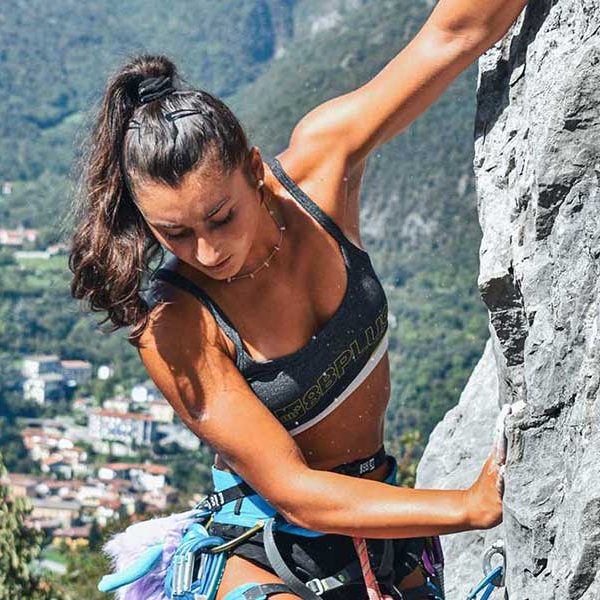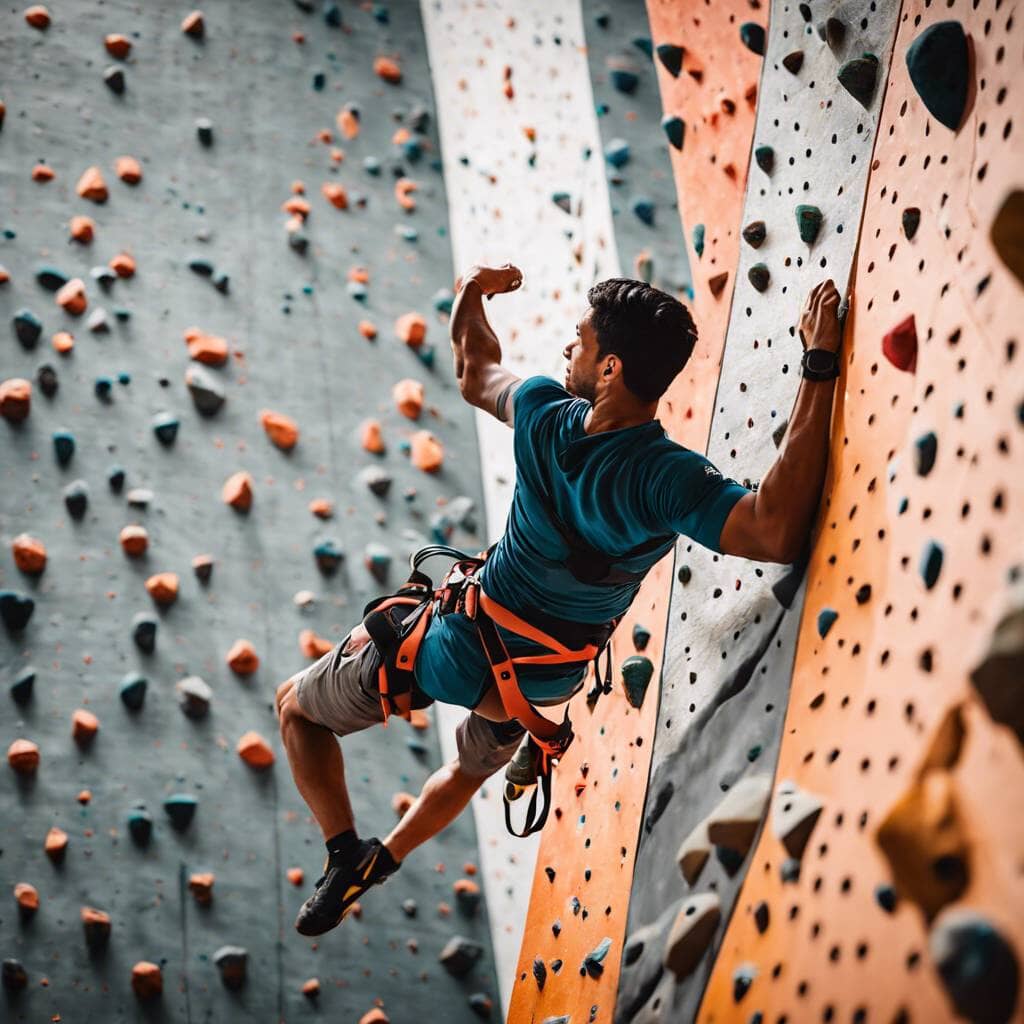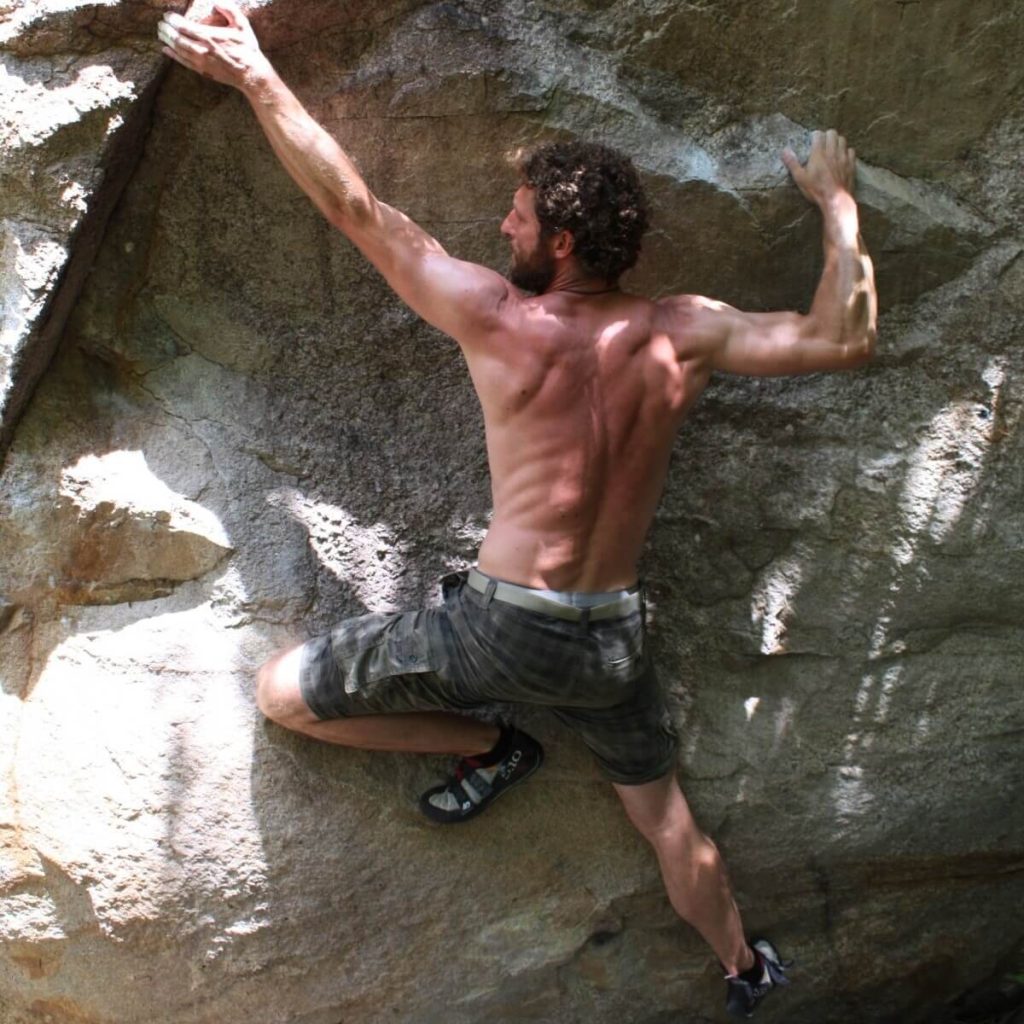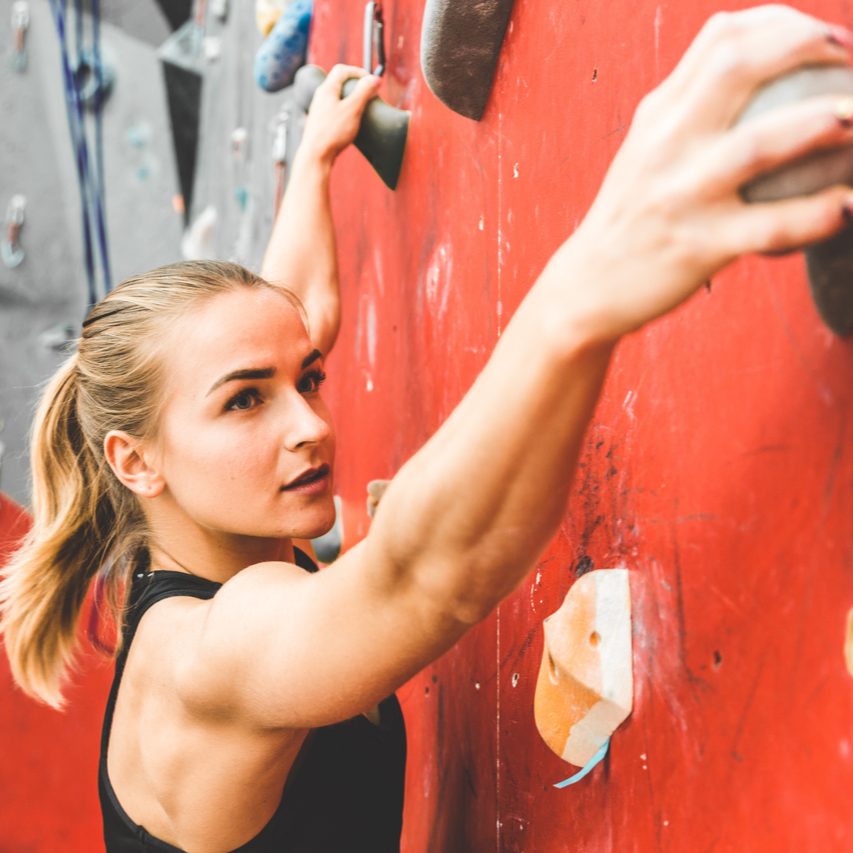Introduction to Rock Climbing and Muscle Engagement
Rock climbing is an exhilarating sport that challenges both physical and mental strength. It requires participants to navigate up rock formations using their hands and feet. While many may perceive it as just a test of upper body strength, rock climbing engages an extensive range of muscles throughout the body. Understanding which muscles are worked during climbing can help climbers optimize their training and performance.
Climbing is a full-body workout that incorporates strength, endurance, flexibility, and balance. Different climbing styles and routes may target specific muscle groups. Whether it’s bouldering, sport climbing, or traditional climbing, each discipline can produce unique physical demands. In this article, we will explore the primary muscles engaged during rock climbing, highlighting their importance in enhancing climbing performance.

Upper Body Muscles
Forearm and Grip Strength
One of the most crucial muscle groups used in rock climbing is the forearm. The muscles in the forearm are essential for grip strength, which is vital for holding on to climbing holds. Strong forearms also help prevent fatigue during extended climbs, enabling climbers to hang onto small holds comfortably. As climbers pull up on the holds, the forearms engage specifically through the flexor muscles, which control wrist movement and grip.
Developing forearm strength is critical, as weak forearms can lead to a decrease in performance and can make climbing difficult. Many climbers take supplemental training steps to enhance their grip strength through exercises like dead hangs on a pull-up bar or using various grip trainers. By improving grip strength, climbers can hold onto difficult and challenging holds longer, ultimately enhancing their climbing abilities.
Shoulders and Upper Back
The shoulders and upper back play a significant role in climbing movements. The muscles in these areas stabilize and propel the body upward. The main muscle groups involved include the deltoids, latissimus dorsi, and trapezius. The deltoids are responsible for shoulder flexion and abduction, allowing climbers to reach for holds above their heads.
The latissimus dorsi, often just called the “lats,” are significant muscles in the upper back that assist in pulling movements. They help bring the arms down and toward the body, contributing to upward movements. Strong lats are essential for efficient climbing, particularly on steep routes. Meanwhile, the trapezius supports shoulder movements and helps maintain posture while climbing. Overall, strong shoulders and upper back muscles contribute to better control and more significant power during climbs.

Core Muscles
Abdominals and Obliques
The core plays an integral part in rock climbing, providing stability and balance throughout the climb. Core muscles include the rectus abdominis, transverse abdominis, and obliques. These muscles work together to support the torso and protect the spine during climbing movements. A strong core allows climbers to maintain their center of gravity, enabling them to maneuver efficiently on the wall.
The abdominals help with pulling movements and maintaining body tension. Engaging the core during climbs prevents excessive swinging and allows for smoother transitions between holds. The obliques, located on the sides of the abdomen, contribute to rotational movements, helping climbers twist and reach for holds. Core strength is critical for dynamic movements, such as jumping to a hold or mantling up over an edge.
The Role of the Lower Back
The lower back muscles are also crucial for climbing. The erector spinae, which runs along the spine, helps maintain proper posture and supports the body’s movements. Strengthening these muscles contributes to better endurance and stability during challenging climbs. A strong lower back helps climbers prevent injuries and promotes overall power during ascending.
During climbs, climbers may often lean back to pull their bodies upward. In these scenarios, the lower back muscles engage to support the task. Proper core engagement ensures that the lower back is not compromised during strenuous climbs, reducing the risk of strain or injury. Finding a balance between the core and lower back muscles ensures climbers can maintain strength and stability.

Leg Muscles
Quadriceps and Hamstrings
Leg muscles are vital for maintaining movement and stability while climbing. The quadriceps, located on the front of the thighs, are responsible for extending the knee. Strong quads assist climbers in pushing themselves upward by transferring power from the legs to the wall. This engagement allows for better body positioning and effective foot placements on footholds.
Alongside the quadriceps, the hamstrings, which are located at the back of the thighs, work to bend the knee. They are essential during movements that require pulling or pushing off footholds. A climber’s ability to maintain balance and power involves a strong relationship between these two muscle groups. Training both the quads and hamstrings through exercises like squats or lunges can enhance climbing performance significantly.
Calves and Their Importance
The calf muscles, composed of the gastrocnemius and soleus, play a critical role in climbing as well. Strong calves provide the necessary strength for pushing off footholds and maintaining balance on steep surfaces. The calves also contribute to foot stability and control, allowing climbers to stand on small ledges securely.
Calf strength is particularly important during ascents on vertical or overhanging routes. The ability to maintain foot placement and grip relies heavily on calf engagement. Additionally, strong calves contribute to overall endurance, promoting better performance during long climbing sessions. Specific exercises, such as calf raises or single-leg balances, can strengthen this muscle group and improve climbing capabilities.
Flexibility and Balance
The Importance of Stretching
Flexibility is often overlooked but is indispensable for rock climbing. Climbers need a good range of motion to reach for holds effectively. Tight muscles can restrict movement, making it difficult to position the body optimally. Stretching helps loosen the muscles and prevents injuries caused by strains or overexertion.
Regular stretching routines focusing on major muscle groups such as hip flexors, hamstrings, and shoulders can improve overall flexibility. Incorporating yoga or dynamic stretching exercises into a training regimen can further increase flexibility. Climbing requires flexibility, especially when making large reaches or contorting the body to fit into tight spaces between holds.
Enhancing Balance and Coordination
Balance and coordination are key components in successful climbing. As climbers navigate their path up a rock face, they often need to shift their weight strategically to maintain stability. This action engages various muscles throughout the body, including those in the core and legs. Effective balance improves control over movements and reduces the risk of falls.
Practicing exercises that improve balance can significantly benefit climbers. Activities like standing on one leg, using balance boards, or performing yoga can enhance stability and coordination. Improved balance allows climbers to make precise foot placements and reach for challenging holds with confidence, ultimately contributing to a better climbing experience.
Conclusion: The Comprehensive Workout of Rock Climbing
In conclusion, rock climbing is a full-body workout that engages numerous muscle groups, including the upper body, core, and legs. Each muscle group plays a vital role in the climbing process, enhancing strength, stability, and overall performance. Developing these muscles through targeted training can lead to significant improvements in climbing ability.
Understanding the demands placed on the body during climbing can help individuals tailor their training programs. Focusing on specific muscle groups, improving flexibility, and enhancing balance will yield optimal results. Climbers can enjoy the physical benefits while experiencing the thrill and challenge of the sport.
As rock climbing continues to grow in popularity, so does the recognition of its physical benefits. Embracing the comprehensive workout that climbing offers can lead to improved strength, endurance, and overall fitness. Whether you are a beginner or an experienced climber, acknowledging the various muscles engaged will help you make informed decisions about your training approach and enhance your climbing performance over time.
